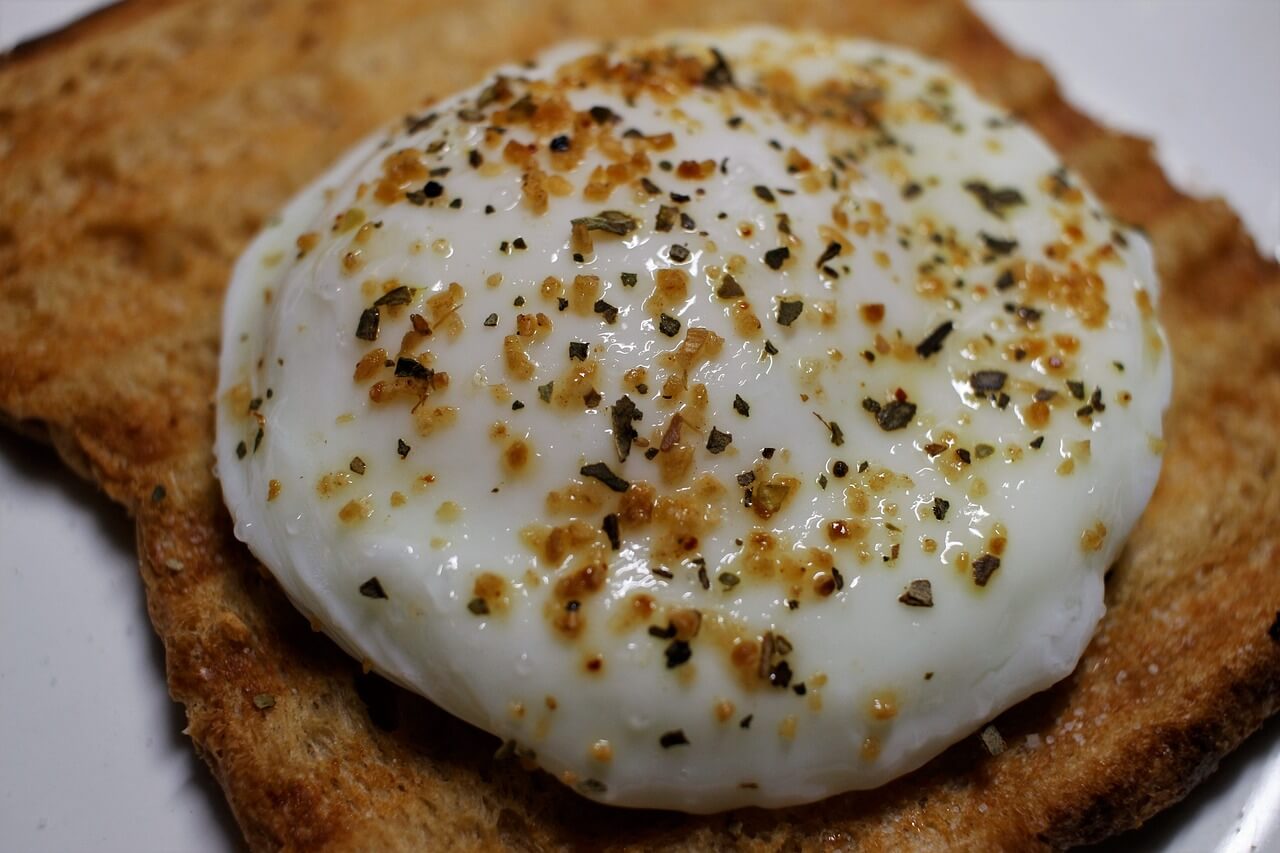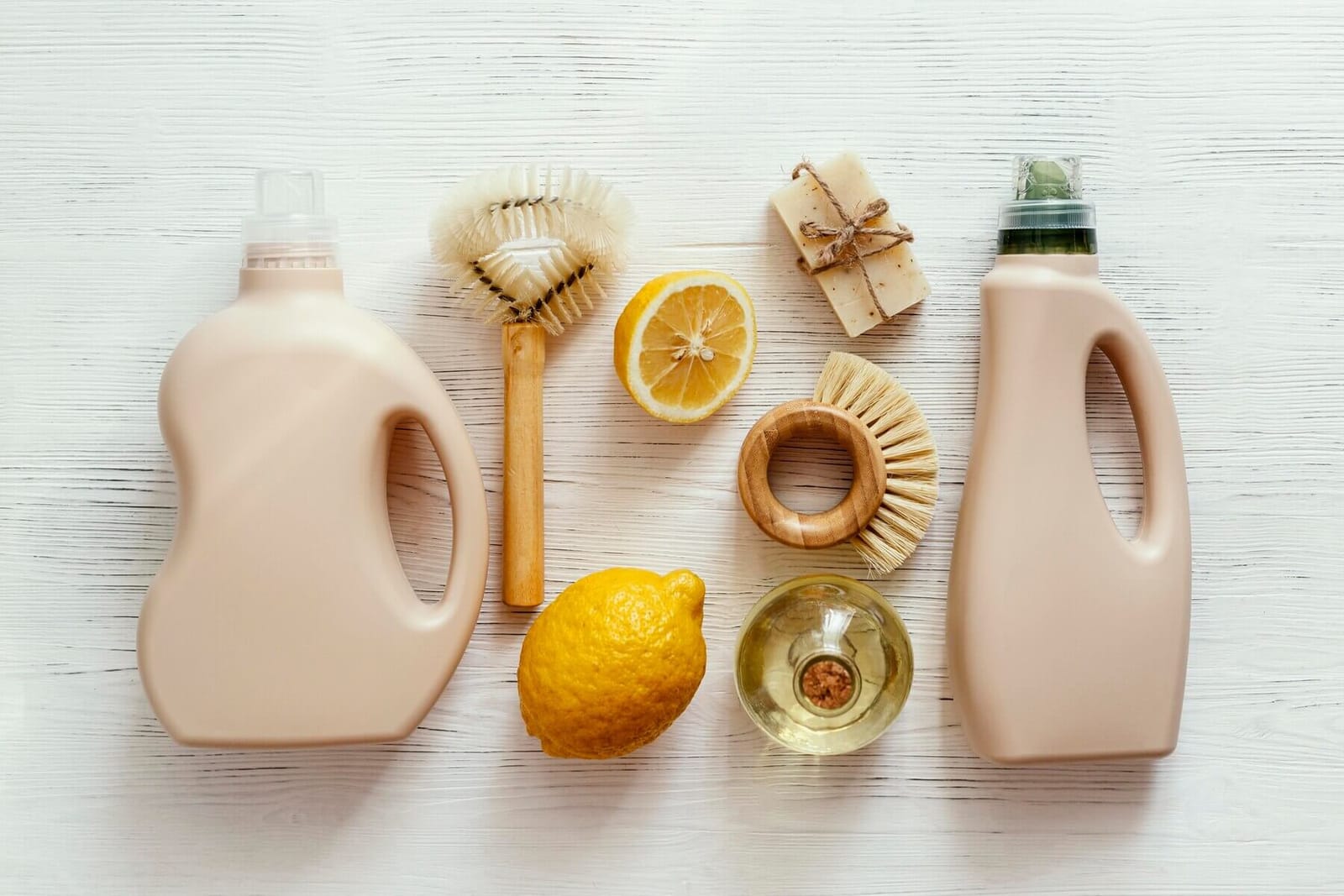Poaching is a culinary technique that can transform a simple egg into a gourmet delight. Poached eggs offer a tender white exterior and a golden, oozy yolk when done right.
This micro-post will guide you through the art of poaching eggs, from the tools you need to the steps for achieving perfect poached eggs every time.
The Basics of Egg Poaching
Egg poaching is a cooking method that involves simmering an egg in water until the whites are set, but the yolk remains runny. This method is loved by many for its ability to retain the rich, creamy yolk while fully cooking the egg white.
It's a healthier alternative to frying or scrambling eggs as it doesn't require any oil or butter.
Essential Tools and Ingredients
Poaching eggs requires minimal tools and ingredients. The essentials include:
- Fresh Eggs: Fresh eggs are best for poaching as they have better whites that hold their shape. The more fresh the egg, the more the white will stay together during poaching.
- Pot of Water: A deep pot filled with water is needed for poaching. The water should be at least 4 inches deep to allow the egg to submerge completely.
- Slotted Spoon: A slotted spoon is essential for gently lifting the poached egg out of the water.
- White Wine Vinegar: While this ingredient is optional, a tablespoon of vinegar can help keep the egg white together without imparting a strong vinegar taste.
- Small Bowl or Ramekin: Cracking the egg into a small bowl or ramekin ensures an unbroken yolk and allows for easy pouring into the water.
Some prefer to use an egg poacher or a fine mesh sieve for a neater appearance. An egg poacher simplifies the process, while a fine mesh sieve can help strain out wispy egg whites before adding the raw egg to hot water.
Step-by-Step Guide to Poaching Eggs
Here's a detailed walkthrough of the egg poaching process:
- Heat the Water: Fill a large pot with water and bring it to a gentle boil. The water should be just below boiling point - a state known as a simmer.
- Prepare the Egg: Crack the egg into a small bowl or ramekin. This ensures an unbroken yolk and allows for easy pouring into the water.
- Add Vinegar: Add a tablespoon of vinegar to the pot. While this step is optional, vinegar can help keep the egg white together without imparting a strong vinegar taste.
- Create a Vortex: Stir the water in a circular motion to create a vortex. This helps the egg white wrap around the yolk, creating a spherical shape.
- Poach the Egg: Gently slide the egg into the center of the vortex. Set a timer for 3-4 minutes for a firm white and runny yolk.
- Remove the Egg: Use a slotted spoon to carefully lift the poached egg out of the water. Dab it gently with a paper towel to remove excess water before serving.
Tips for Perfect Poached Eggs
Achieving the perfect poached egg requires some practice and handy tips. Here are a few to get you started:
- Fresh Eggs: Fresh eggs are best for poaching as they have better whites that hold their shape. The fresher the egg, the more the white will stay together during poaching.
- Vinegar: While it's not essential, adding a tablespoon of vinegar to the poaching water can help the egg whites coagulate and form a nice shape.
- Simmer, Don't Boil: The water should be at a gentle simmer, not a rolling boil. Too much movement in the water can cause the egg to break apart, while not enough heat can result in an undercooked egg.
- Strain the Egg: For a neater appearance, strain the egg through a fine mesh sieve before poaching. This removes the thin, wispy parts of the egg white that can create a messy look.
Common Mistakes and How to Avoid Them
Even seasoned cooks can make mistakes when poaching eggs. Here are some common ones to avoid:
- Adding Salt to the Water: Avoid adding salt to the water, as it can create wispy whites. Salt can break down the egg white and prevent it from coagulating properly.
- Using Boiling Water: Refrain from poaching eggs in boiling water. A gentle simmer is all that's needed for perfect poached eggs. Boiling water can cause the egg to break apart.
- Overcooking the Eggs: Timing is crucial when poaching eggs. Overcooking will result in a hard yolk, while undercooking may leave the whites runny. Aim for 3-4 minutes of cooking time for a firm white and runny yolk.
Poaching eggs is a culinary skill that's worth mastering. With a bit of practice and the tips in this guide, you'll create perfect poached eggs in no time.
And remember, if you're looking for a new egg poacher or perhaps buying your first one, check out our article on the best egg poachers for our top 5 recommendations.
If you're having trouble with your poaching technique, our article, Troubleshooting Egg Poaching: Common Problems and Solutions, can provide some helpful tips and solutions."
Frequently Asked Questions
Why do I need to use fresh eggs for poaching?
Fresh eggs have a firmer white that holds better shape during poaching. The fresher the egg, the more the white will stay together, resulting in a neater, more compact poached egg.
Can I poach eggs without vinegar?
Yes, you can poach eggs without vinegar. However, adding a tablespoon of vinegar to the poaching water can help the egg whites coagulate and form a nice shape. If you're concerned about the vinegar affecting the taste of the egg, rest assured that a small amount won't impart a strong vinegar flavor.
Why is my poached egg falling apart?
Your poached egg might be falling apart due to a few reasons. The water could be at a rolling boil instead of a gentle simmer, or the egg might not be fresh. Try using fresher eggs and ensuring the water is at the right temperature.
How long should I poach an egg for a runny yolk?
For a firm white and a runny yolk, poach your egg for about 3-4 minutes. Remember, timing is crucial when poaching eggs. Overcooking will result in a hard yolk, while undercooking may leave the whites runny.
Can I poach more than one egg at a time?
Yes, you can poach more than one egg at a time. However, you'll need to ensure the pot is large enough to accommodate multiple eggs without touching each other. Also, creating a vortex might not be feasible when poaching multiple eggs, so you can skip that step.
Further Reading
- Unveiling the Health Benefits of Poached Eggs: A Nutritional Guide: Learn: Learn about poached eggs' health benefits and nutritional facts.
- Troubleshooting Egg Poaching: Common Problems and Solutions: Find solutions to common problems encountered when poaching eggs.
- A Look Back at the History of Egg Poaching: Explore the fascinating history of egg poaching, from its origins to the development of modern egg poaching tools.



